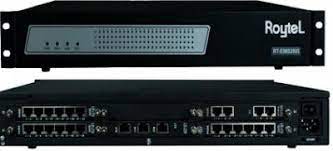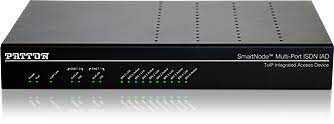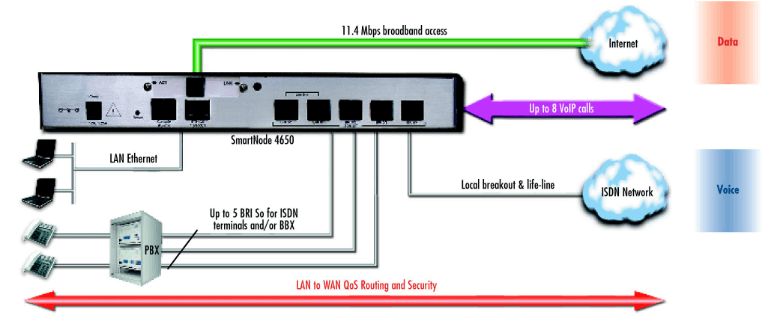IAD

IAD for Integrated Access Device is an electric device that enables the customer to connect to the wide area network and the Internet.
It provides the user access to the Internet by aggregating numerous information channels. These channels can include voice or data. They are shared by a single access link to a service provider (POP) or carrier. The link can either be a T1 line or a DSL connection. It can also be a wireless or metro-Ethernet connection. POP here stands for the point of presence of the service provider.
From the point of presence, the information from all the combined channels is directed to the Add drop multiplexer or a multi-service provisioning platform. They are complex and expensive equipment. The device is located between the customers and the core networks.
Functions of an IAD
- These devices are responsible for managing the traffic sent by the users and forwarding the information streams to the PSTN or the suitable network.
- An IAD can be installed by the service provider also. The user can connect to the IAD they want to enable them to manage and control the features of the access link and its operations while using the particular IAD.
- Nowadays various service providers are offering multiple access services over various access technologies, including wireless optical and Ethernet networks. The technologies used previously, such as T1 lines or time division multiplexing, are now replaced by new access methods depending on the situation. So, depending upon the situation, the service providers will specify an appropriate IAD or install it for the user.
- SIAD stands for smart integrated access devices that aggregate the Internet Protocol data traffic with the GSM ATM traffic passing to the multi-service routers in front of the mobile switching centers. The device will integrate the cell site traffic and forward the traffic to the MSN.
Benefits of Using an IAD

- An Integrated Access Device enables the user to continue using the legacy voice equipment such as Channel Bank and PBX without buying additional voice-over-internet protocol capable equipment. This also allows the user to delay the expensive upgrades and purchase of the legacy TDM services and move towards a pure VoIP solution.
- There are several other cost-related benefits of using an Integrated Access Device over the primary rate interface (PRI), which is usually needed in the Private Branch Exchange equipment. It is required to have 23 voice-bearing channels and a single data channel. The user can buy the Integrated Access Device instead of connecting to a VoIP service provider. The user is only required to purchase the voice channels required in that particular location.
- Since the VoIP service enables the user to connect to the Internet and use that connection for both voice and data, from there moving to the VoIP solution will allow the customer to remove the additional charges by eliminating the need for local access associated with the T1 loops that are required to deliver the PRI service. This will enable the user to realize that the user can save a significant amount of money by removing the voice channels not used by the user and saving access costs.
- Some companies have saved over 50% of costs by moving to the internal voice-over Protocol using an IAD.
- There is an additional benefit to switching to a VoIP solution over the TDM. It provides additional security to the voice solution. The VoIP solution uses MPLS (MultiProtocol Label Switching) or VPN connections to access the voice. These are specifically preferred where the voice messages are of national or legal importance. They are important in the legal healthcare industry, where confidential information is shared over the phone.
Limitations of Using VoIP (IAD)

- The only limitation of using VoIP to share voice or data using the same connection is that the user is required to add proper Quality of service in the circuit. This will ensure that the order of priority is maintained while sending the voice and the data simultaneously. Voice traffic should always have higher precedence over data traffic. The next part is ensuring enough bandwidth is available in the network for the number of sessions. The number of sessions is referred to concurrent call paths and channels of the voice transmission service that are required in the circuit.
- There is a thumb rule that makes the whole concept easy to understand. The Quality of the phone installed is G.711 VoIP codec. The user can assume that 100 kbit/sec per session. The user can determine the bandwidth available in the network can easily be computed by multiplying 100 kbit/sec by the number of sessions in the network.
For Example, if the number of sessions required by the VoIP is 20. Then the user had to multiply the session by 100 kbit/sec. So the bandwidth will be 2Mbit/sec, and an additional bandwidth of 2Mbit/sec would be required to ensure a quality call experience.
|



 For Videos Join Our Youtube Channel: Join Now
For Videos Join Our Youtube Channel: Join Now









